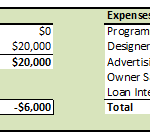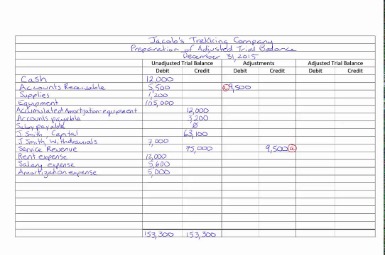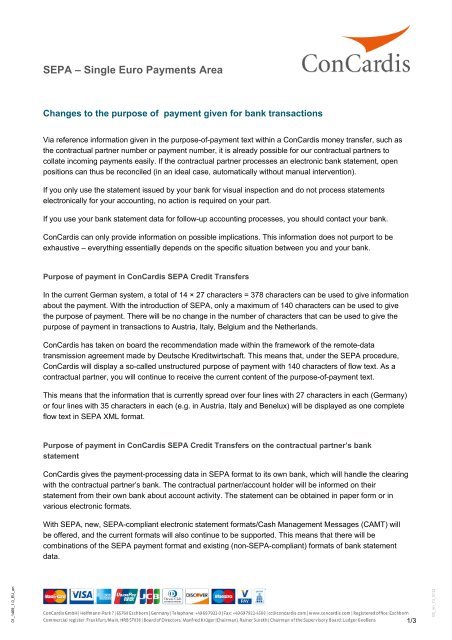- Have any questions?
- +27 72 723 6378
- info@sistagirl.org.za
Best Accounting Software for Small Businesses of 2024

When reconciling balance sheet accounts, consider monthly adjusting entries relating to consolidation. Within the balance sheet, equity accounts represent the shareholders’ stake in the company. They need to be reconciled to reflect transactions like issuing new shares or distributing dividends. Similarly, liability accounts encompass all debts and obligations, including loans and accounts payable.

Gathering Necessary Documents
In account reconciliation, the primary steps include comparing account balances with external records, identifying discrepancies, making adjustments to the ledgers, and documenting the reconciliation process. Account reconciliation is the process of https://www.kelleysbookkeeping.com/ cross-checking a company’s financial records with external documents, such as bank statements. Its purpose is to ensure accuracy and consistency of financial data, which is vital for informed decision-making and maintaining financial integrity.
Reconciliation in Accounting: Meaning, Purposes, Types
Bank reconciliation helps to identify errors that can affect estimated tax payments and financial reporting. The reconciliation statement allows the accountant to catch these errors each month. The company can now take steps to rectify the mistakes and balance its statements.
Automated Reconciliation Features
When the company pays the bill, it debits accounts payable and credits the cash account. Again, the left (debit) and right (credit) sides of the journal entry should agree, reconciling receipt definition in accounting to zero. As with deposits, take time to compare your personal records to the bank statement to ensure that every withdrawal, big or small, is accounted for on both records.

- This helps ensure that the company pays vendors and suppliers accurately and on time.
- Don’t hesitate to reach out to us if you have further questions about handling credit card account in QBDT.
- Lastly, in the United States, account reconciliation is crucial to help companies comply with federal regulations applied by the Securities and Exchange Commission (SEC) under the Sarbanes-Oxley Act.
- According to a survey conducted by the Association of Certified Fraud Examiners (ACFE), financial statement fraud constituted 9% of all reported fraud cases in 2022.
An online template can help guide you, but a simple spreadsheet is just as effective. In this case, the reconciliation includes the deposits, withdrawals, and other activities affecting a bank account for a specific period. Once data is gathered from these sources, the software, through advanced encoding, then compares account balances between documents from the different sources and identifies discrepancies. These are then investigated by accounting staff to identify the main cause of the discrepancies.
Financial statements should also be compared with general ledger balances for agreement in amount. The purpose of account reconciliation for balance sheet accounts is to ensure that financial statements are materially accurate and internal control is working to prevent fraud and errors. Account reconciliation is considered part of the full accounting cycle process. Accountants typically perform an account reconciliation for all their asset, liability, and equity accounts. This process involves reconciling credit card transactions, accounts payable, accounts receivable, payroll, fixed assets, and subscriptions to ensure that all are properly accounted for and balanced.
Reconciliation is used by accountants to explain the difference between two financial records, such as the bank statement and cash book. Any unexplained differences between the two records may be signs of financial misappropriation or theft. When an account is reconciled, the statement’s transactions should match the account holder’s records. For a checking account, it is important to factor in any outstanding checks or pending deposits. Perhaps you know this already and, if so, forgive me. The expense is recorded at the time you record the charge to your cc along with a corresponding increase in your cc liability. The payment made to reduce your cc balance is a reduction of your cc liability and your bank account.

Add accounting widgets to your phone’s home screen; track time using your Apple Watch. Feature set includes an excellent mobile app and suite of reports, capable invoicing features, plus automated bill and receipt capture through Hubdoc. We believe everyone should be able to make financial decisions with confidence.
If you use double-entry accounting in your business, you need to do account reconciliations monthly. The most important account reconciliation your business can perform is the bank reconciliation. Some businesses with a high volume or those that work in industries where the risk of fraud https://www.accountingcoaching.online/fixed-asset-definition/ is high may reconcile their bank statements more often (sometimes even daily). The analytics review approach can also reveal fraudulent activity or balance sheet errors. In this case, businesses estimate the amount that should be in the accounts based on previous account activity levels.
Once the individual client ledgers and the firm’s trust account ledger are aligned, you can then reconcile the client ledgers and trust account ledgers with your trust bank account statement. Once you have access to all the necessary records, you need to reconcile, or compare, the internal trust account’s ledger to individual client ledgers. This method involves direct comparison of documents, statements, or transactions and an absence of this review evidently makes the company lose money.

1 Comment
I don’t think the title of your article matches the content lol. Just kidding, mainly because I had some doubts after reading the article.